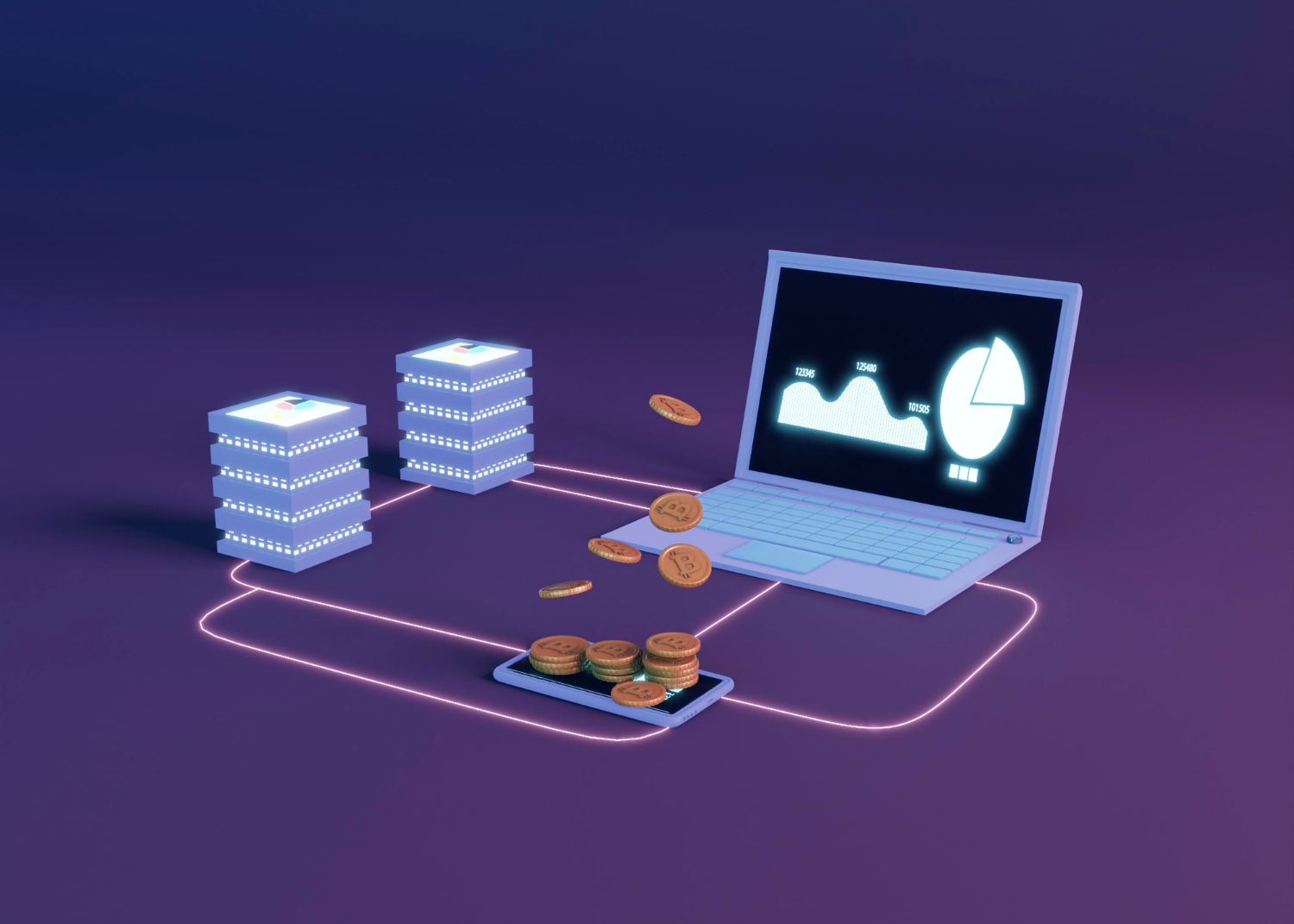
In the evolving landscape of digital finance, asset tokenization has emerged as a revolutionary concept, enabling businesses to digitize and fractionalize ownership of real-world assets. Companies across various industries are increasingly leveraging asset tokenization services to improve liquidity, enhance security, and streamline transactions. In this blog, we will explore why businesses are embracing asset tokenization and how it is reshaping the investment landscape.
Understanding Asset Tokenization
RWA Tokenization is the process of converting ownership rights of real-world assets into digital tokens on a blockchain. These tokens represent a share of the asset and can be traded or transferred seamlessly. Asset tokenization can be applied to various asset classes, including real estate, commodities, intellectual property, and fine art.
By leveraging blockchain technology, asset tokenization enhances transparency, reduces fraud, and eliminates intermediaries, making investment more efficient and accessible.
Why Businesses Are Adopting Asset Tokenization Services
1. Enhanced Liquidity for Traditionally Illiquid Assets
One of the biggest challenges in traditional investing is the lack of liquidity in certain assets like real estate, fine art, and private equity. Tokenization breaks down these high-value assets into smaller, tradeable units, allowing investors to buy and sell portions of assets with ease. This increased liquidity attracts more investors and provides businesses with a steady flow of capital.
2. Global Market Access and Wider Investor Base
Traditional investment methods often involve geographical limitations, regulatory barriers, and high entry costs. Asset tokenization eliminates these restrictions by allowing businesses to reach a global audience. With blockchain technology, investors from different parts of the world can participate in asset ownership, diversifying investment opportunities and increasing capital inflow.
3. Lower Transaction Costs and Faster Settlement
Conventional financial transactions involve multiple intermediaries such as banks, brokers, and legal entities, leading to high fees and long settlement periods. Tokenized assets utilize smart contracts, which automate and streamline transactions without the need for intermediaries. This significantly reduces transaction costs and enables instant or near-instant settlement.
4. Improved Security and Transparency
Blockchain technology provides an immutable and transparent ledger that records all transactions. This prevents fraud, enhances security, and ensures the authenticity of asset ownership. Businesses and investors can verify asset details in real-time, fostering trust and credibility in the investment ecosystem.
5. Regulatory Compliance and Fractional Ownership
Governments and regulatory bodies are increasingly recognizing the potential of blockchain-based investments. Many asset tokenization platforms comply with security regulations, ensuring legal protection for investors and businesses. Additionally, fractional ownership allows more investors to participate in high-value investments without requiring substantial capital, making investment more inclusive.
6. Diversification of Investment Portfolios
Asset tokenization enables businesses and investors to diversify their portfolios by investing in a range of tokenized assets. By spreading investments across different asset classes, companies can minimize risk and maximize returns.
7. Smart Contracts Automate Transactions and Reduce Risk
Smart contracts play a crucial role in asset tokenization by automating processes such as revenue distribution, ownership transfers, and compliance checks. These self-executing contracts reduce human intervention, eliminate errors, and minimize risks associated with manual processes.
Real-World Use Cases of Asset Tokenization
1. Real Estate
Real estate companies tokenize properties, allowing investors to buy fractional ownership in high-value commercial and residential properties. This opens up real estate investment to a broader audience and enhances liquidity in the market.
2. Commodities
Precious metals, oil, and other commodities are being tokenized to enable easy trading and ownership verification. Businesses in this sector benefit from improved market efficiency and reduced storage costs.
3. Art and Collectibles
Fine art, rare collectibles, and luxury goods are being tokenized, providing a secure and transparent way for investors to own and trade valuable assets without physical transfer.
4. Intellectual Property and Royalties
Companies in the entertainment and technology industries are using tokenization to distribute intellectual property rights and royalties efficiently. This allows artists, creators, and patent holders to receive fair compensation in a decentralized manner.
5. Private Equity and Venture Capital
Startups and private companies are leveraging asset tokenization to raise funds more efficiently. Tokenized shares allow smaller investors to participate in private equity opportunities, democratizing access to venture capital investments.
Future of Asset Tokenization in Business
The adoption of asset tokenization is expected to grow exponentially in the coming years. As regulatory frameworks continue to evolve and technology advances, businesses will find new ways to tokenize assets and attract global investors. With the rise of decentralized finance (DeFi), tokenized assets may become a fundamental part of the financial ecosystem, further revolutionizing how assets are owned, traded, and monetized.
Conclusion
Asset tokenization is transforming the way businesses manage investments and raise capital. With increased liquidity, global accessibility, reduced costs, and enhanced security, businesses of all sizes are embracing asset tokenization services to stay ahead in the competitive market. As the technology matures and regulations become more favorable, tokenization will become a standard practice in multiple industries, paving the way for a more efficient and inclusive financial landscape.




Leave a Reply